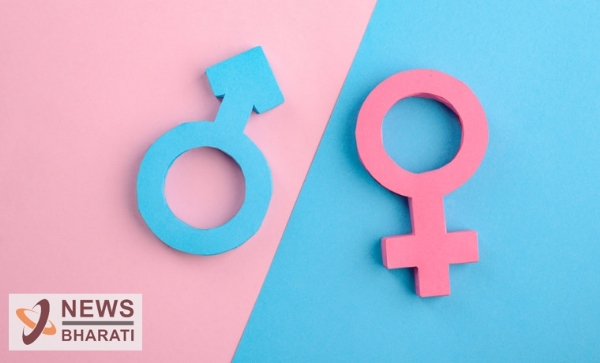Condition of Sex Ratio in India
04 Dec 2022 11:59:04
In India census is conducted every 10 years by the Census of India. During every census, the sex ratio is counted.

x`The sex ratio is used to describe the number of females per 1000 males. Sex ratio is a valuable source for finding the population of women in India and what is the ratio of women to those men in India. In India, the sex ratio has improved since the 2001 census. In 2001, the average sex ratio of India as a nation was 933 and it improved in 2011 to 943. Since the last few decades, the sex ratio in India was always around 930 females per 1000 males.
Also Read: Why we need awareness about cervical cancer
Another type of sex ratio is the sex ratio at birth. It means the number of male live births for every 100 live female births. This ratio normalised around 2019-21. It fell from 111 live male births for every 100 female births.
In NFHS, both these rates are counted. These were counted in NFHS 4 and NFHS 5 as well. Therefore, we will only look at the maps showing the difference between NFHS 4 and NFHS 5.
_202212041125151958_H@@IGHT_0_W@@IDTH_600.jpg)
As we can see, it is a state-wise map showing the difference between the sex ratio at birth. Dark colour indicates the progress done by the states. Various states like Kerala, Tamil Nadu, Maharashtra, Chhattisgarh, Jharkhand etc. made progress in normalising the sex ratio. Yet we can see that the work is not done. Specifically some northern states need to do progress.
-(1)_202212041129227308_H@@IGHT_0_W@@IDTH_600.jpg)
The district-wise distribution shows that almost in every part of the country, there are districts which are well-performing and some districts need to perform well. Data about the districts in parts of Telangana is not available along with data of various other locations.
Also Read: Households with electricity
Now we will look at the maps of sex ratio. It was also counted on state-wise and district-wise basis, but in this case we will only refer to NFHS 5 i.e lates available data. That would give us the better perspective rather than map showing difference in sex ratio in NFHS 4 and NFHS 5.
_202212041132459302_H@@IGHT_0_W@@IDTH_600.jpg)
Throughout the country, almost all districts are around the national average figure of 943 females per 1000 males. Yet, the shade is slightly darker towards the southern states indicating probability of better sex ratio towards south.
Also Read: COP27- Way Forward for India
_202212041135116003_H@@IGHT_0_W@@IDTH_600.jpg)
In this image, we can clearly see that Kerala, Tamil Nadu and Bihar have a sex ratio between 1080 to 1152, but the highest-performing state is Lakshadweep. The sex ratio during NFHS 5 is 1187. The maximum number of states have a sex ratio between 1008 to 1080. On the other hand, only the Union Territory of Dadra and Nagar Haveli have the lowest sex ratio 827.
The major cause of the decrease of the female birth ratio in India is considered to be the violent treatments meted out to the girl child at the time of the birth. The Sex Ratio in India was almost normal during the phase of years of independence, but thereafter it started showing gradual signs of decrease. Improving this ratio is a challenging task for the government of India and also various social organizations.
